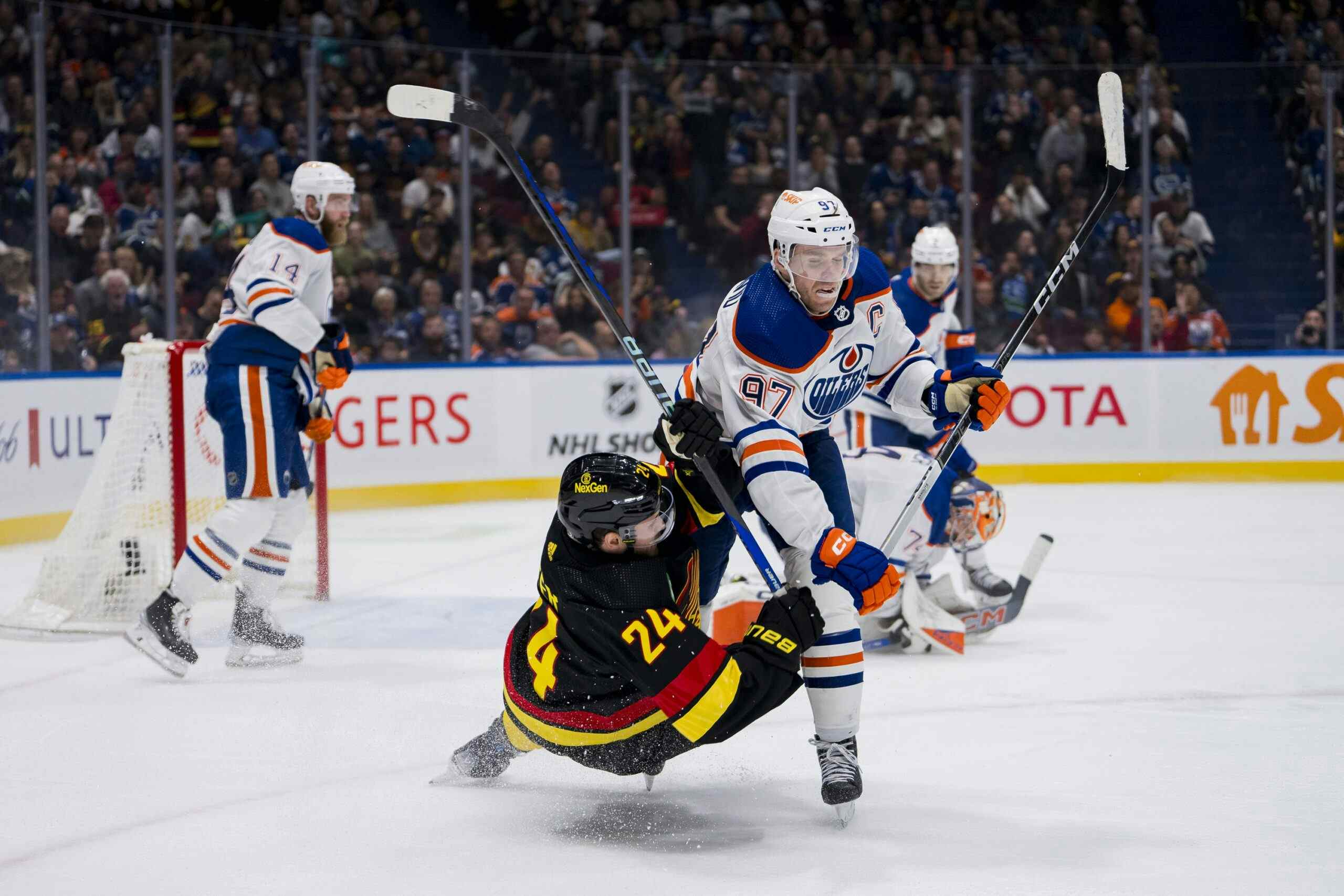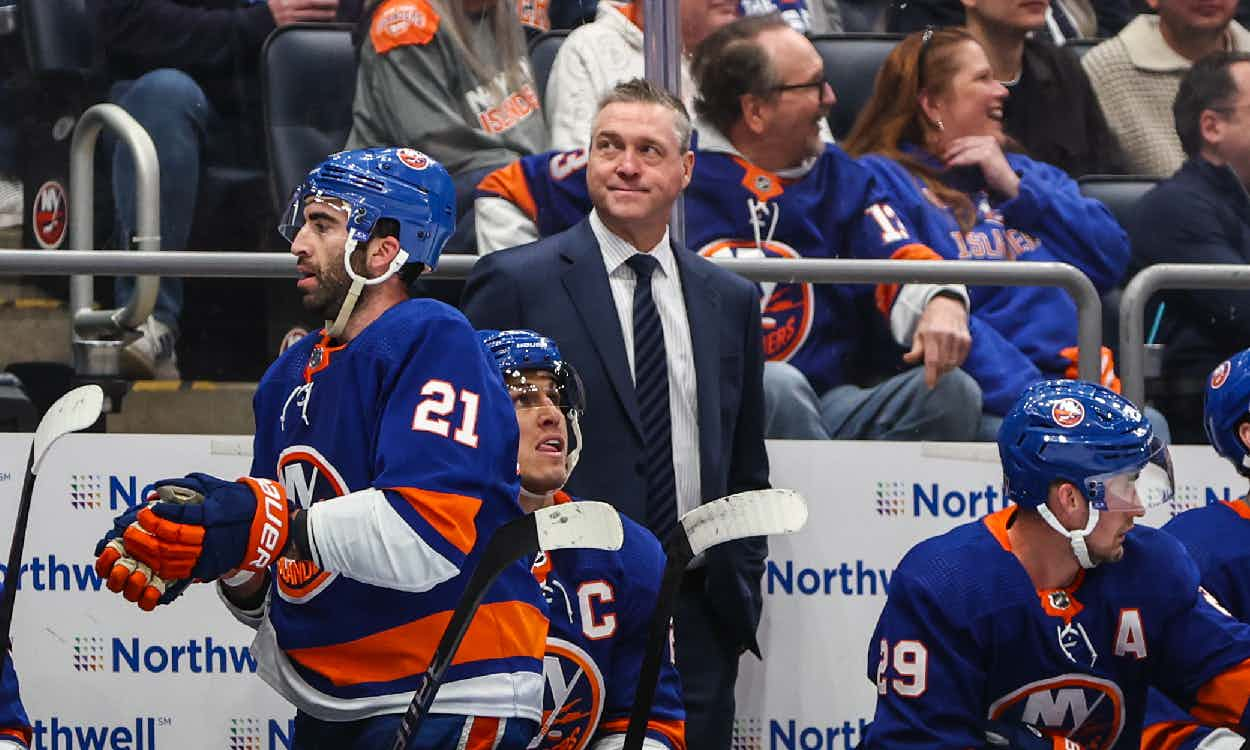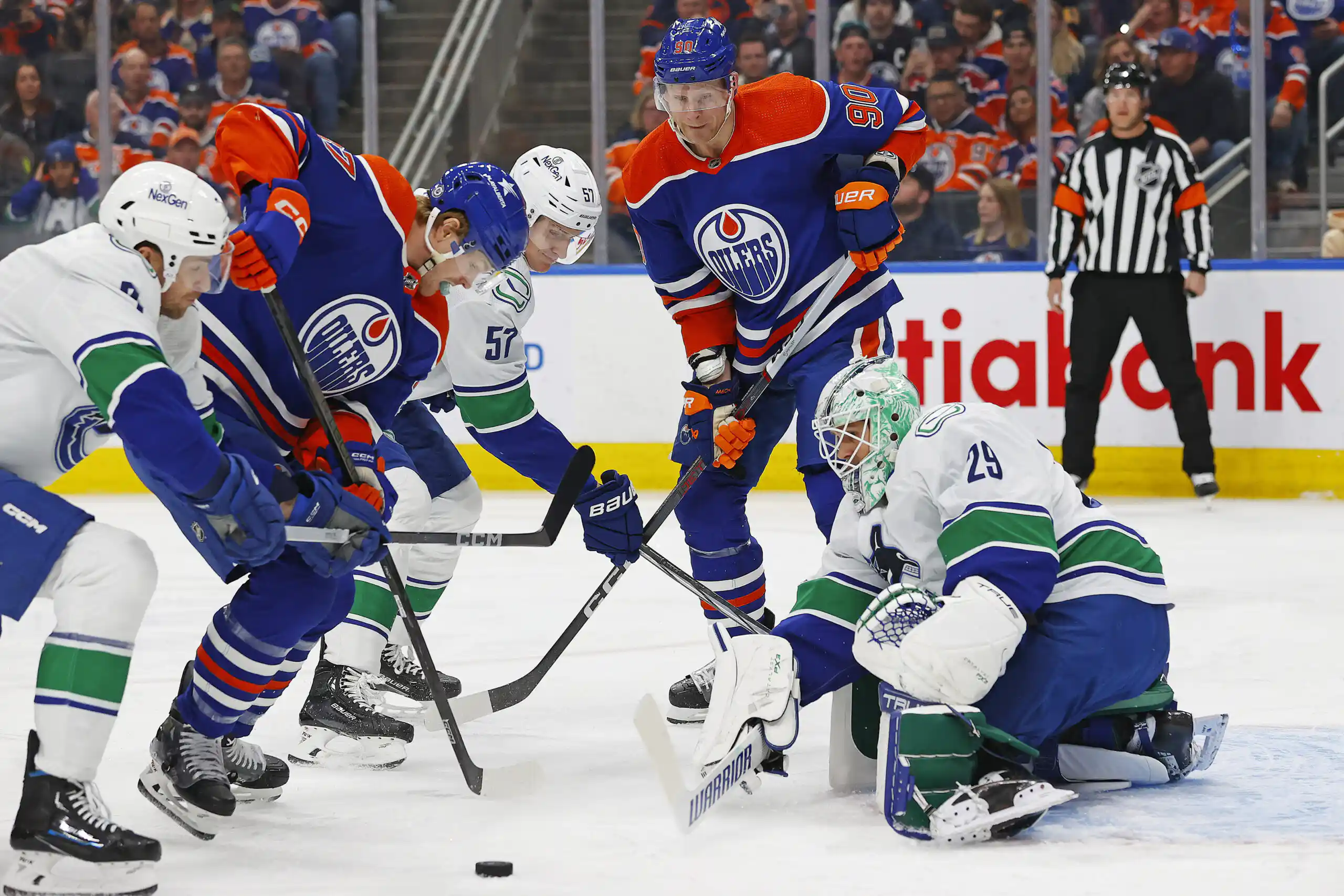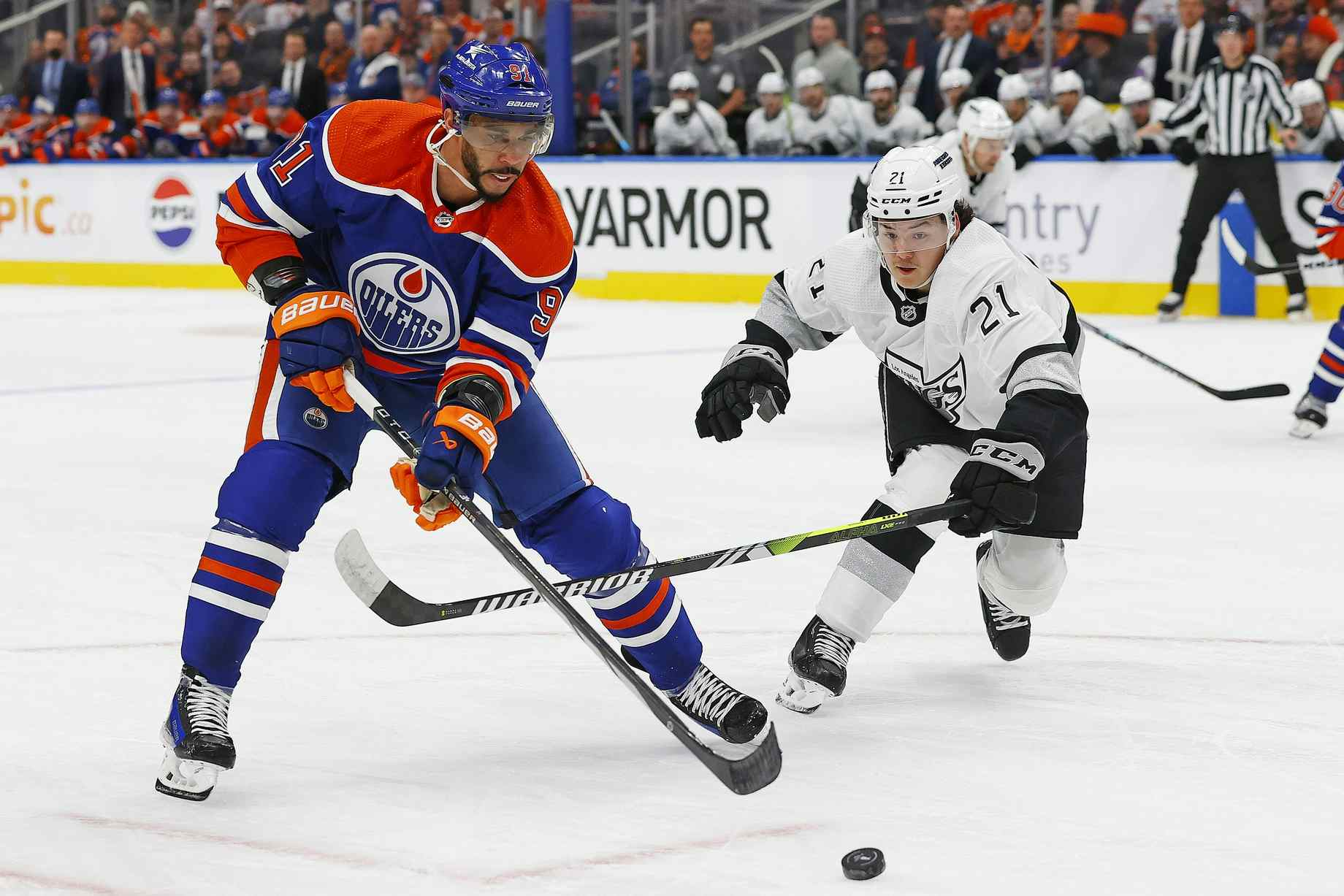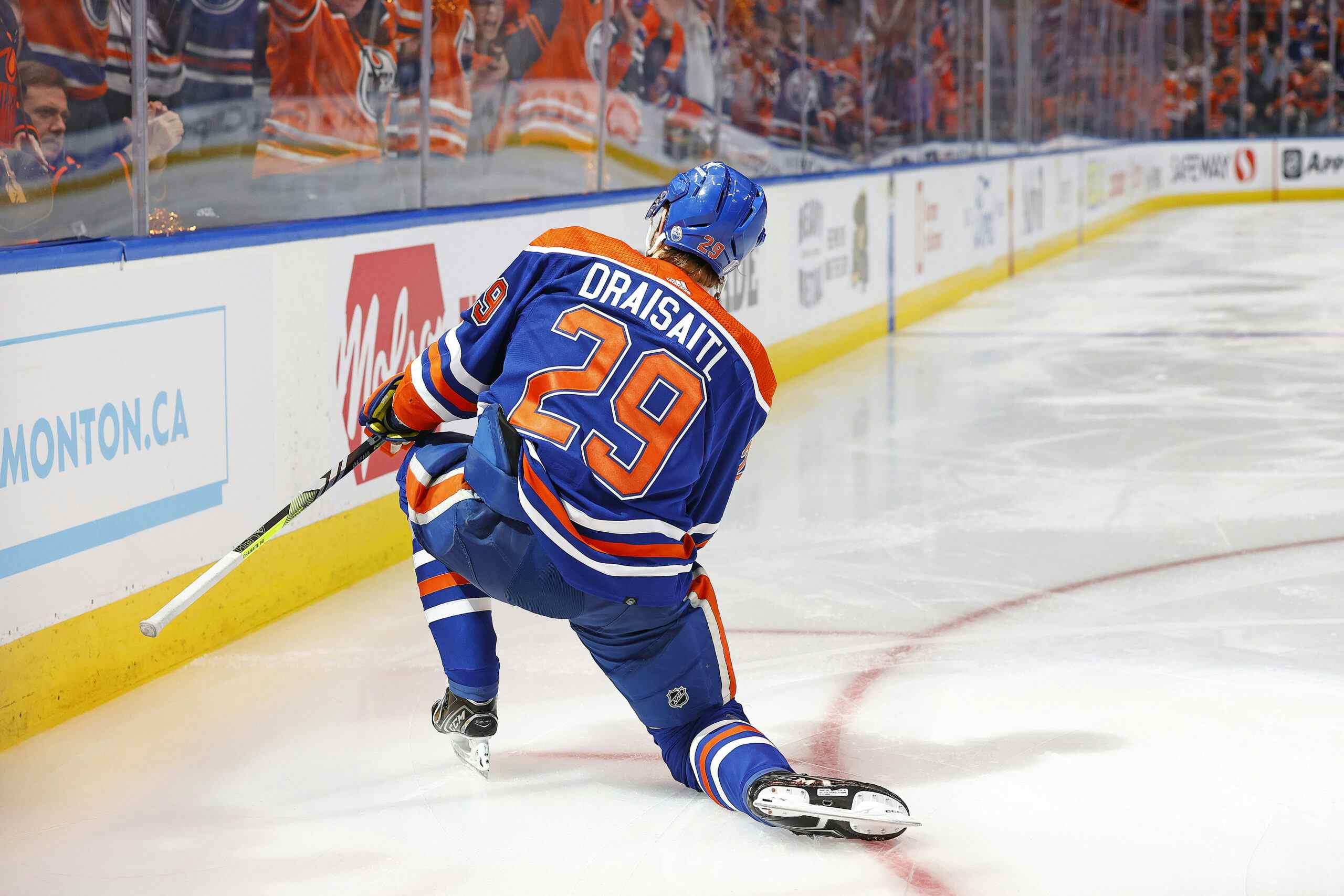Worst Oilers Trades Countdown – No. 3: Mark Messier gets sent to New York
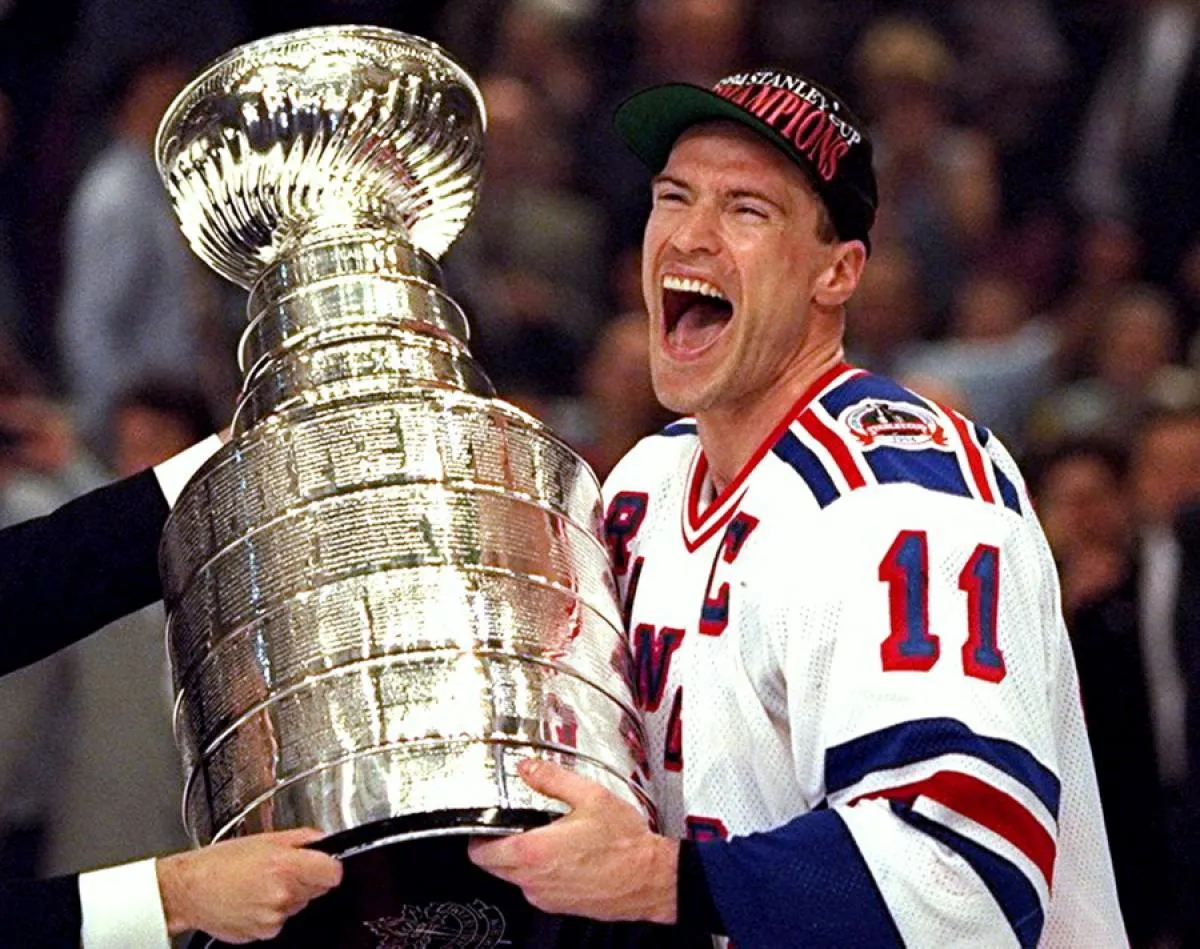
By Cam Lewis
3 years agoBy the start of the 1991-92 season, virtually the entire core of the Boys on The Bus who formed the Oilers dynasty in the 1980s was gone.
Paul Coffey went first, Wayne Gretzky was sold a year later, and then, a couple of years after winning the 1990 Stanley Cup, the exodus continued with Jarri Kurri spending a year in Europe before eventually joining Gretzky in L.A. and Grant Fuhr and Glenn Anderson getting shipped to Toronto. The final blow came days before the beginning of the season when Mark Messier got dealt to New York.
The only ones left around that had seen it all with the club were Kevin Lowe, the team’s first-ever draft pick, and Esa Tikkanen. Otherwise, the roster coming into 1991-92 was loaded with unfamiliar faces.
Though Messier had been a great player throughout the 80s, he really came into his own as a superstar after Gretzky was dealt to Los Angeles. In 1989-90, Messier scored a career-high 129 points, earning him his first-ever Hart Trophy nod. Then, in the playoffs, Messier led an underdog Oilers squad to the Stanley Cup, an accomplishment many didn’t expect to happen without Gretzky around.
After that wildly successful season and playoffs, Messier’s father, who was representing him as his agent, sought to renegotiate his contract with general manager Glen Sather. Messier was under contract until the end of the 1992-93 season, but was demanding a raise based on his performance.
The cash-strapped Oilers and Messier weren’t able to come to terms on a new deal, leading to the entire 1990-91 season to be covered by the cloud of Messier’s frustration. It started to become the worst-kept secret in town that Messier would soon be moving on, just like Coffey and Gretzky before him.

The Edmonton Journal – August 1991.
In the summer of 1991, the Oilers suffered a massive exodus of talent. Jari Kurri was traded to Philadelphia, Glenn Anderson and Grant Fuhr were sent to Toronto, Steve Smith got dealt to Chicago, and Adam Graves signed a free-agent deal with the New York Rangers. Aggravated that the Oilers weren’t doing enough to keep their star players around coupled with unhappiness with his own contract, Messier said that he was finished in Edmonton.
Shortly before the beginning of the season, Sather finally pulled the trigger on a deal that sent Messier along with Jeff Beukeboom to New York in exchange for Bernie Nicholls, Steven Rice, and Louie DeBrusk. The return for a player of Messier’s calibre was pretty ugly.
Rice, who had been the captain of Canada’s World Junior team, and DeBrusk, a big, bruising winger who was scoring in the OHL, were solid prospects, but getting Nicholls, a guy who seemed to be past his prime, was puzzling. The goal for the Oilers was to start over with youth, which they weren’t doing by acquiring Nicholls.
Here’s what Cam Cole of the Edmonton Journal had to say at the time of the trade…

“Bernie Nicholls? Here’s where they lose me. If you believe everything you’ve read about, and especially from, the Edmonton Oilers in the past few weeks, then you have to wonder why they want Bernie Nicholls. (Oilers coach) Ted Green has said that the best thing about the Oilers now is that they have a bunch of guys who really want to play here. Nicholls doesn’t. Green has talked about the importance of character and mental toughness. Nicholls, the Oilers have said for years, lacks both. They have talked about starting over with youth. Nicholls, like Messier, is 30.”
It was revealed years later by David Staples that there was more to this deal than originally reported. Beyond those three players, Edmonton also received $2 million in cash in return for Messier.
“There was a couple of million with it,” [Peter] Pocklington said of the Messier deal.“I’ve always believed strongly that when a player reaches his absolute peak, it’s time to sell, it’s time to move them. I don’t get hung up on emotional issues. It’s a business.Pocklington said he had played a role in the negotiations with New York in 1991, but he couldn’t recall if there were other bidders as well.“It was $2 million plus some players, which was fair to Mark, fair to our team, because we needed the cash flow.”
So, just like with Gretzky, the Oilers had received a smaller return on a star player in order for Pocklington to get some cash. In other words, the Messier trade was a sale.
Meanwhile, Messier became a hit on broadway. He scored 107 points in his first season with the Rangers and was viewed as the best player the franchise had ever had. In 1994, Messier led a Rangers team loaded with former Oilers (Graves, Tikkanen, Lowe, Anderson, Beukeboom, and Craig MacTavish) to the franchise’s first Stanley Cup since 1940.
None of the players Edmonton got back in the deal were difference-makers. Rice spent three years with the organization before getting traded away for defenceman Bryan Marchment. DeBrusk was never more than an enforcer in his six years with the club. Nicholls had two injury-riddled seasons that were fairly productive but got traded to New Jersey for Zdeno Ciger and Kevin Todd.
The one somewhat saving grace about this trade is that, despite the wildly underwhelming package of talent that came back, the Oilers were able to get more value in future trades. As I pointed out a few months back, this trade chain is still going and played a part in Edmonton acquiring Andreas Athanasiou this year. But still, given how good Messier had been as an Oiler and how good he would be for the next decade, this deal is awful.
The Oilers would make the playoffs in 1991-92 but then missed out for the first time in franchise history in 1992-93. The years of selling away stars for cash and getting mediocre returns finally caught up with them.
Recent articles from Cam Lewis

